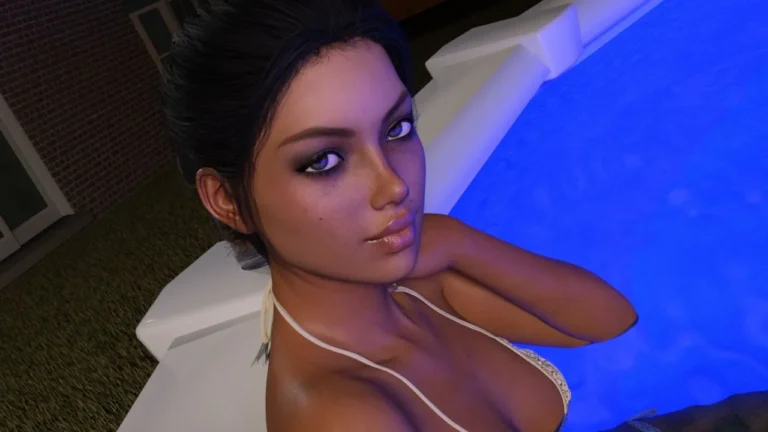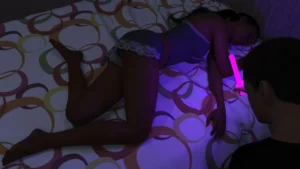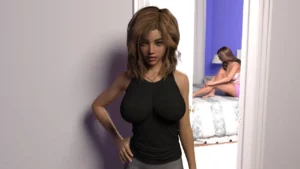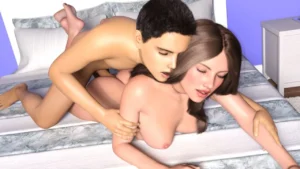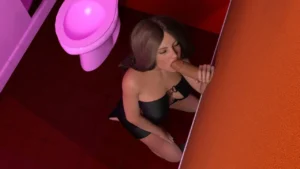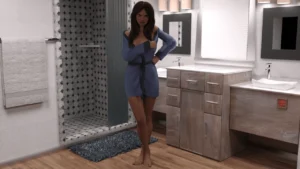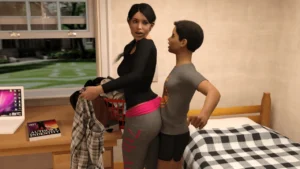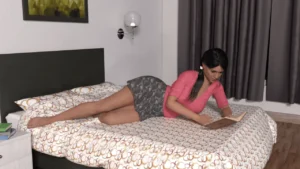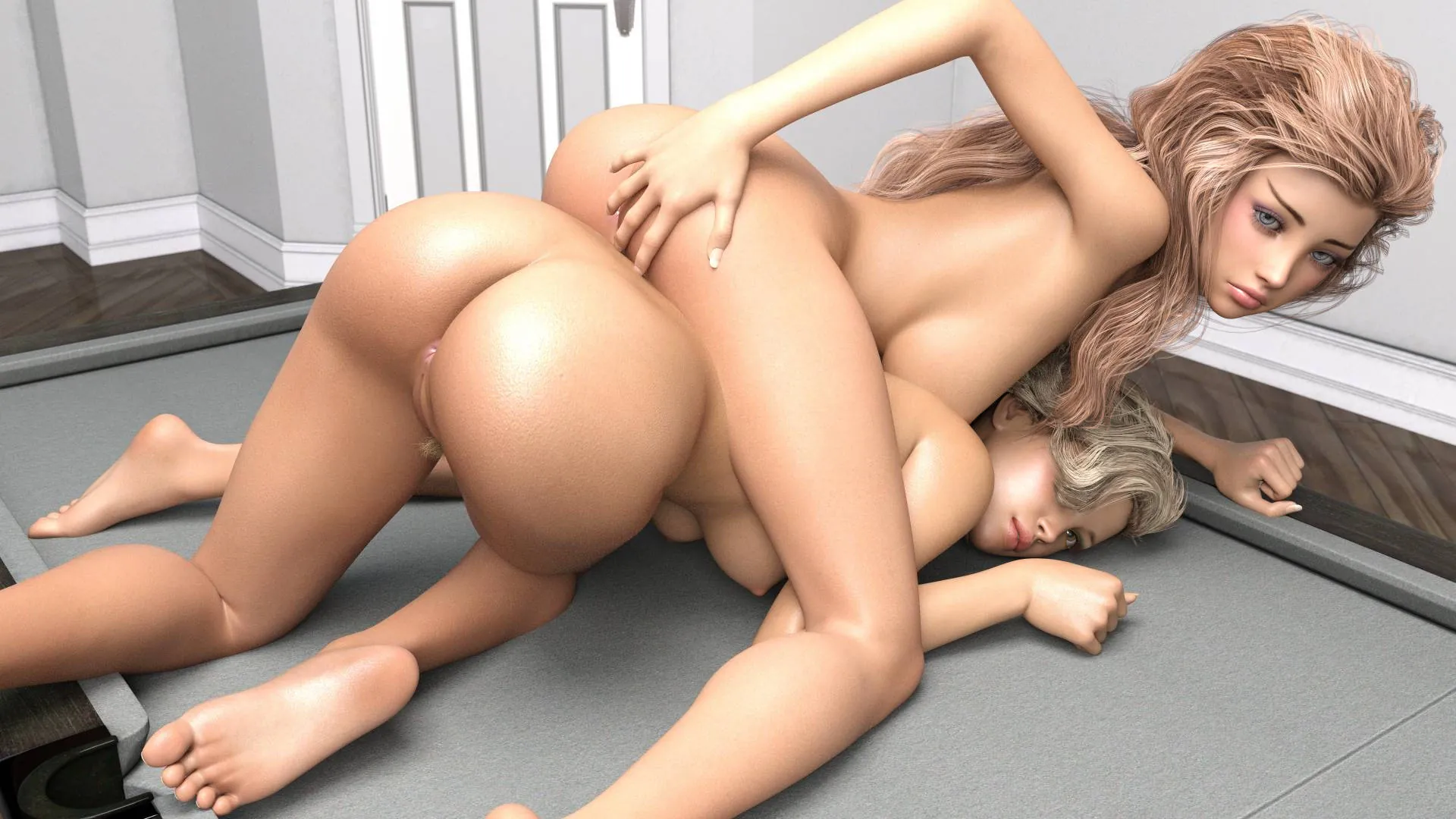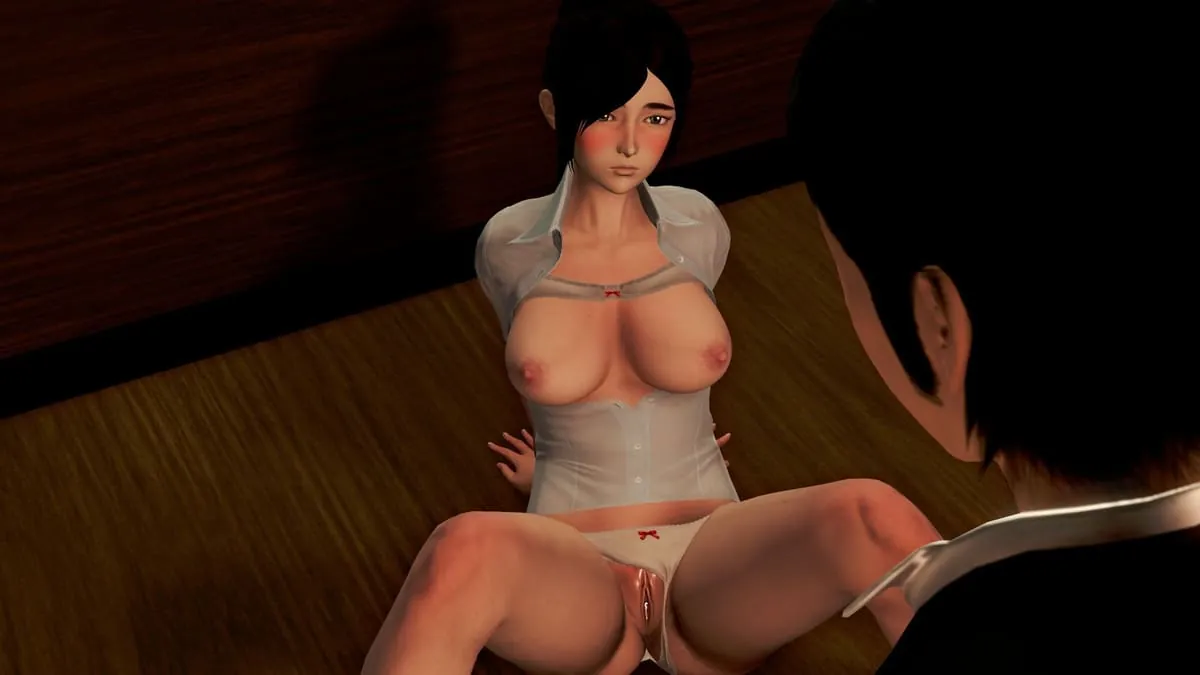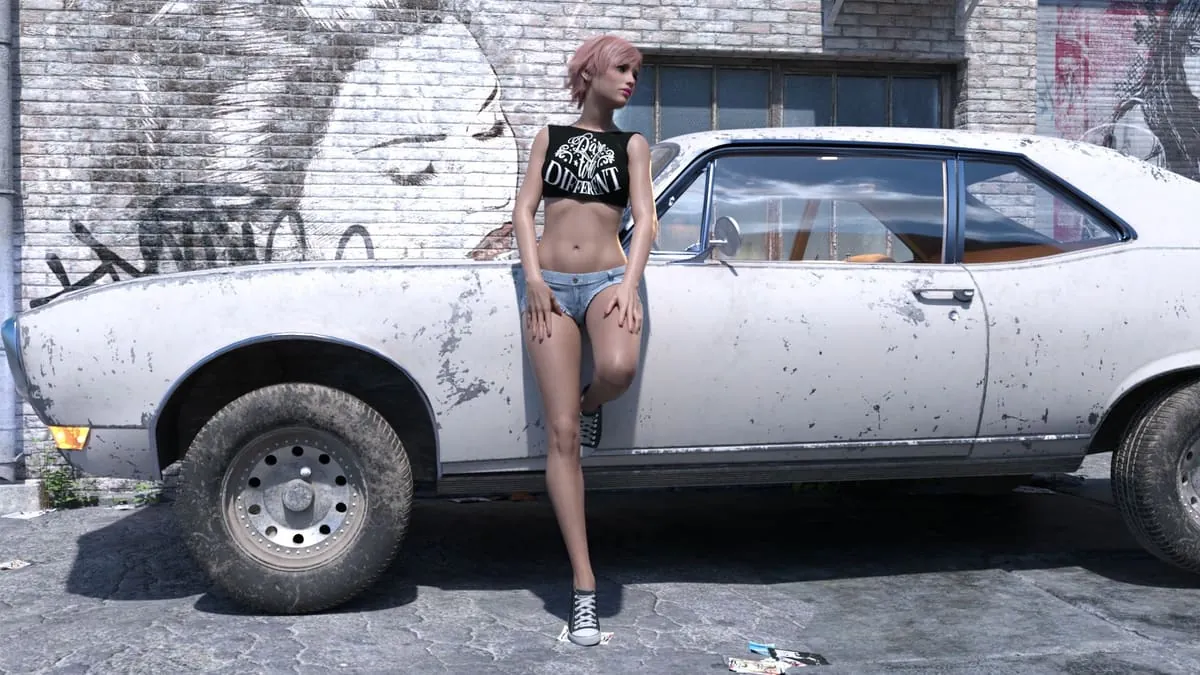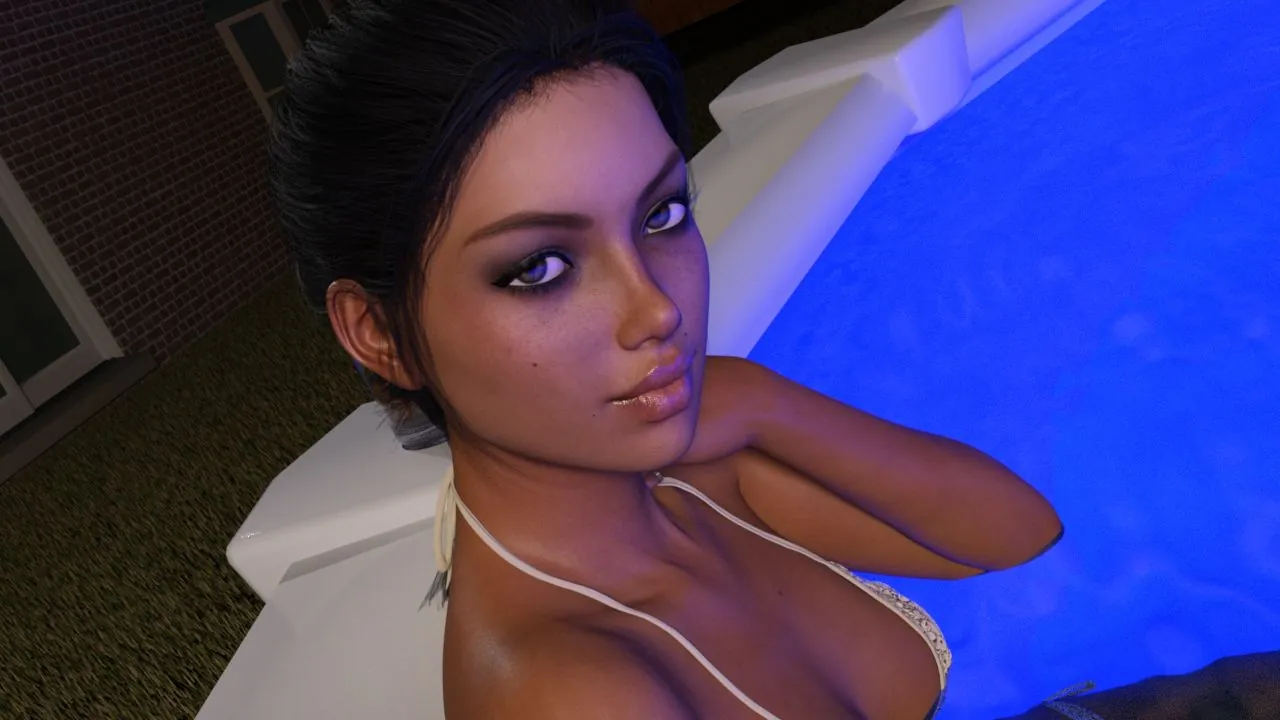
Bad Bobby Saga
Play Bad Bobby Saga
Bad Bobby Saga review
How This Indie Game Balances Mature Themes with Player Agency
Bad Bobby Saga has emerged as one of gaming’s most polarizing indie titles, blending choice-driven storytelling with unconventional themes. This adult-oriented visual novel challenges players through complex character relationships and moral decisions. While some praise its bold narrative approach, others criticize its pacing and content execution. Our analysis examines both the technical achievements and controversies surrounding this provocative gaming experience.
Core Gameplay Mechanics and Narrative Design
Branching Storylines and Consequence Systems
Picture this: You’re at a house party in Bad Bobby Saga, and your ex shows up with their new partner. Do you throw a drink in their face 🍷, ghost the situation like a ninja 🥷, or crack a joke to defuse the tension? Whatever you pick, the game remembers—and punishes or rewards you mercilessly. This isn’t just “choose your own adventure” fluff. The narrative branching paths here are more tangled than a Netflix thriller’s plot twists, with Bad Bobby Saga gameplay choices shaping relationships, career opportunities, and even which characters survive past Chapter 3.
The magic lies in its consequence system. Early on, I learned the hard way that skipping a coffee meetup with your best friend to flirt with a stranger at the gym isn’t just a minor snub. Three chapters later, that friend refused to help me during a police investigation—all because I’d let our relationship meter system dip into “frosty acquaintance” territory. The game’s 3500+ render updates (added in recent patches) make these ripple effects visceral. New facial expressions, altered environments, and even revised dialogue options ensure your decisions feel impactful.
| Feature | Bad Bobby Saga | Traditional Visual Novels |
|---|---|---|
| Choice Impact | Alters plot, relationships, *and* environments | Mostly affects dialogue or romance routes |
| Environment Interaction | 3D exploration unlocks hidden story triggers | Static backgrounds with clickable hotspots |
| Relationship Depth | Dynamic meters influenced by actions *and* inaction | Linear “affection points” system |
Pro Tip: Save often! One impulsive decision during a bar fight in Chapter 2 locked me into a disastrous ending where Bobby became a pariah. 💥
Character Development Through Interactive Dialogue
Let’s talk about the adult visual novel mechanics that make this game anything but PG-13. Conversations here aren’t just text boxes—they’re psychological minefields. During a therapy session (yes, Bobby’s that messy), I chose to deflect questions about childhood trauma with sarcasm. The therapist’s eyebrow twitch said it all: My relationship meter system with her plummeted, cutting off access to a key subplot about Bobby’s repressed memories.
What’s genius is how the game layers its narrative branching paths. For example, helping your burnout roommate clean their disaster apartment 🧹 might seem trivial. But do it three times, and you’ll unlock a heartfelt confession about their gambling addiction—a thread that ties into one of the game’s seven endings. The Bad Bobby Saga gameplay choices here demand authenticity. You can’t just spam “nice guy” options; characters see through manipulation.
Key dialogue features:
– Tone Matching: Pick snarky, empathetic, or neutral responses that align (or clash) with NPC personalities
– Silence as a Choice: Sometimes saying nothing speaks volumes (I lost a job offer by staying quiet during a negotiation)
– Time-Sensitive Prompts: Hesitate too long, and the conversation moves without you 🕒
Visual Presentation and Environmental Storytelling
The 3D environment exploration in Bad Bobby Saga isn’t just window dressing—it’s a narrative cheat code. Bobby’s apartment alone tells you everything: Fridge full of expired takeout? Check. Piles of unpaid bills? Obviously. A hidden drawer with a wedding ring? 😲 That’s how you discover Bobby’s a divorced widower, not through clunky exposition.
Recent patches amplified this with richer details:
– Flickering streetlights that make night walks feel eerie 🌃
– Photo albums you can flip through to revisit past decisions
– Dynamic weather affecting character moods (try arguing during a thunderstorm ☔—it gets ugly)
The adult visual novel mechanics shine in moments like the “karaoke night” scene. As Bobby, you choose songs that either bond you with friends or expose hidden rivalries. Sing a ballad, and the crowd might cry; pick a diss track, and watch the relationship meter system implode. It’s Mean Girls meets Eternal Sunshine, with better graphics.
Why This All Matters
Bad Bobby Saga doesn’t just ask, “What kind of story do you want?”—it demands, “What kind of person are you willing to become?” With its narrative branching paths that spiral into chaos or redemption, 3D environment exploration that rewards the nosy, and relationship meter system that’s savagely realistic, this indie gem proves that messy, mature storytelling can coexist with player agency. Just remember: In Bobby’s world, there’s no “reset” button. Choose wisely, or embrace the beautiful disaster. 💣
Bad Bobby Saga presents a complex case study in adult-oriented game design, pushing boundaries while facing legitimate criticism. Its ambitious narrative systems offer unique value for mature players seeking unconventional stories, though technical limitations and controversial content decisions continue sparking debate. For developers and enthusiasts analyzing evolving storytelling techniques in indie games, this title remains essential (though polarizing) research material.
